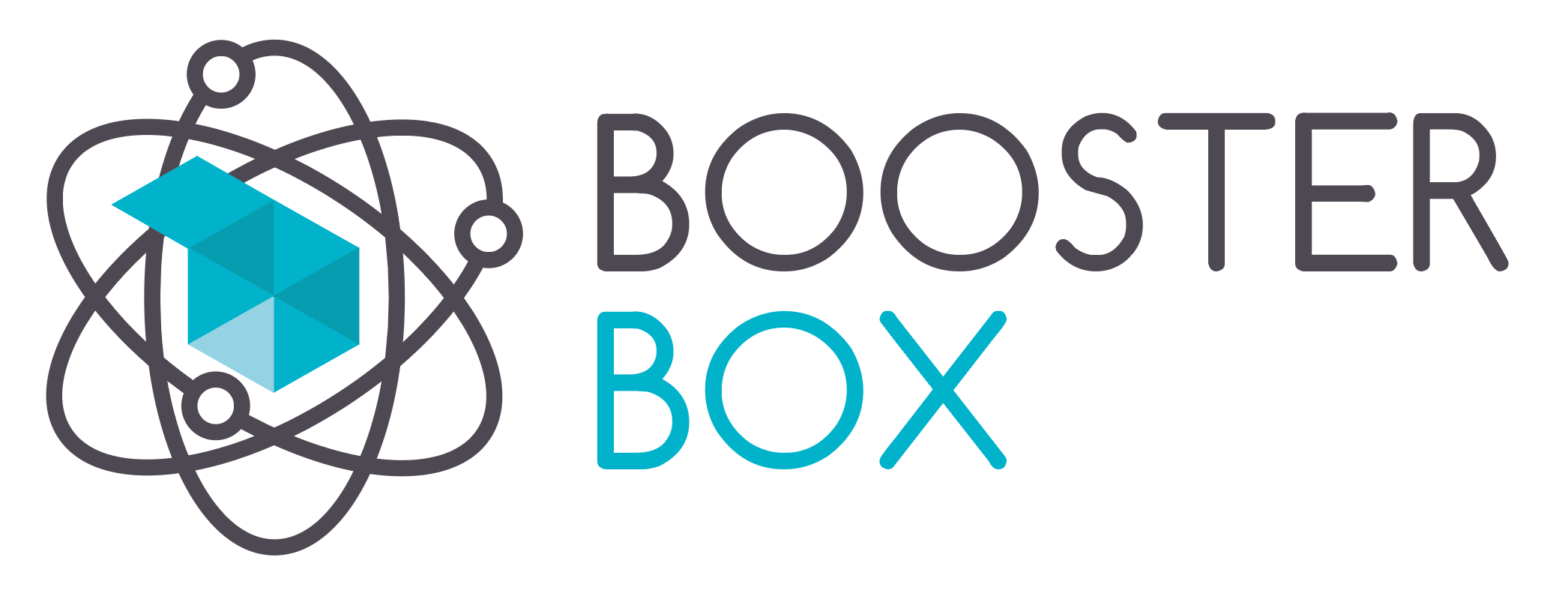Google’s In Market Audiences for search came out one year ago. For us, these have quickly become a favourite tactic for improving search performance. Here, we will look at how you can squeeze more value from this targeting method. Don’t worry if you haven’t used In Market Audiences on search before, we’ll also look at the best ways to get started.
Do In Market Audiences work?
Yes. Yes they do. We’ve seen different levels of performance across different campaigns and clients (as you would expect from any PPC tactic) however in most cases we see a substantial impact.
General Rule of Thumb: In Market Audiences have a Conversion Rate that is roughly half-way between the conversion rate of keywords with no audience targeting and keywords with that target an audience of website visitors.
They are that good. This means that if we add an audience in observations we could add a bid adjustment of around +50% if our retargeting audiences has a +100% bid adjustment. While we see a CPC that is a bit higher than the normal campaigns, the CPA/ROAS is typically much better, albeit at a lower volume.
For a small scale campaign, we may be able to allocate all our budget to In Market Audiences which should bring down CPA when there is a good audience match. For larger campaigns, we would want to get as much traffic as is affordable from In Market Audiences and only after saturating these allocate budget elsewhere.
While we have some strong thoughts on how we structure our campaigns and bid on different audiences we aren’t going to go into that right now. You can have an almost overnight impact on your account by adding more In Market Audiences to your existing structure.
3 Ways to Scale Your In Market Audiences (and how long they take to set up)
Of course everyone works at different speeds and works on different sized and structured accounts. These are just a very rough guide and based on an experienced account manager working on a medium sized account (medium accounts being $15 to 50K spend per month)
Number 1: Top Down Selection of Relevant Audiences
Analysis: 10 mins skim reading list of audiences
Implementation: 30 mins if you add audiences to existing campaigns
If you don’t have much data on your converters, or you need to launch super duper fast this is the place to start. You can see a full list of audiences here, pick the ones that sound sensible to you. Keep on reading to find out why you don’t have to restrict yourself to In Market Audiences that aren’t a perfect match and how much further you can take this targeting tactic.
Number 2: Investigate the Insights Index
Analysis: 30 mins in interface
Implementation: 30 mins if you add audiences to existing campaigns
If you have data and don’t want to take a purely top down approach we can pick our prime In Market Audiences using data on our converters.
When we go to Audience Insights in the Google Ads interface(Tools> Share Library > Audience Manager > Audience Insights) we can select and audience of converters and check out the In Market Audience index. This tells us if our converters are much more likely to be in each specific In Market Audience relative to the normal population of a country.
That was a bit of a mouthful, so let’s think of an example. Imagine we are an airline advertising flights from the US to Italy. Say we have had 1,000 converting customers from the US and in this particular case, 320 of them were considered by Google to be a member of the in the market for trips to Florence, this makes sense it’s a lovely place (and just down the road from our office in Tuscany). However, Google knows that normally only 10 out of 1,000 people in the US would be in the market for a trip to Florence which is just 1% of the population on average. As a whopping 32% of our customers are in the market for trips to Florence our customer are 32 times more likely to be in the market for this service than the normal population. This in market audience is therefore given an index oc 32x.
If we have enough data on our converters, we want to target the In Market Audiences with the highest possible index.
When there are audiences that are a close match to the service or product we sell then it’s likely these will have a high index – this is the part you are most likely doing already. The next step is to test extra audiences that don’t seem like they are a good match.
Going back to our US to Italy airline example, we may find that our converters are also likely to be in the market for luggage. We would assume that not everyone who is in the market for a new suitcase wants to buy a flight to Italy, however if someone is in the market for luggage and searching for our normally good keywords then this person more likely to convert. If someone is searching for flights to Italy they could be planning their dream holiday in several years time, where as someone who has also started looking at bags means business.
We’ve seen some unexpected In Market audience work incredibly well. My favourite was for a client that builds a Project Management app for SMEs. We found our converters had a super high index for several car related audiences. Our converters were in the market for used Toyotas and used hybrids. When we stop to think about it, the image of a manager at an SME also being interested in buying a second hand Toyota Prius perfectly fits our customer profile. Remember, we are doing search campaigns here. Someone has to be in the market and also searching for a keyword we are targeting to see our ads so targeting users looking for cars is fine. In Market Audiences let us prioritise users who are searching for our keywords and also more likely to buy.
This final logical leap leads us to our next In Market expansion method.
Number 3: Target Broader Keywords Layered with Audience Targeting
Analysis: at least a couple of hours depending on how many keywords you already have and how much you want to expand your keywords
Implementation: a couple of hours, you might want to launch a separate campaign for these keywords
A tried and tested approach to expand retargeting reach is to add super broad keywords. A venn diagram of people who are in our remarketing lists and also searching for super long tail search terms is pretty minute. So, many PPC people include really broad keywords to show more ads to users in retargeting lists. These could be as broad as just one or two words with a broad match modified match type. We can do this with In Market Audiences too.
Let’s return to our airline example. I’m in a holiday mood. As our conversion rate is substantially higher than normal for our in market audiences we can target broader keywords that would not normally be profitable. By targeting users who are both in the market for trips to Florence and reaching broader search terms with a keyword such as “flight” in broad match modified we can capture incremental conversions from traffic we wouldn’t normally target. See how broad you can push your keywords while keeping things cost effective.
We’ve noticed in some cases that our” broad keywords plus in market audience” campaigns take a little longer than usual to convert. This makes sense as we are probably reaching high intent users but we reach them when they are still searching for the lower intent search terms that we wouldn’t normally target. If these users do take a bit longer to convert or do so on other channels, performance may not look so good if you are using a purely last click attribution model. It’s worth investigating if these keywords impact performance on brand, retargeting, direct traffic etc but we don’t have time to talk about attribution today.
Conclusion
We’ve found In Market Audiences now make up a large and crucial part of many of our search accounts. While we are keen to take advantage of such a powerful tool, it raises interesting questions about the future of Google Ads. We have no real understanding of what signals Google uses to assign a user to an In Market Audience or when someone may be removed from such an audience. These audiences are a black box. It raises some interesting questions about the future of PPC, especially if we become more reliant on such opaque machine learning systems. In the meantime, however, we will happily pump up performance and get as much value from high intent searchers as possible.

